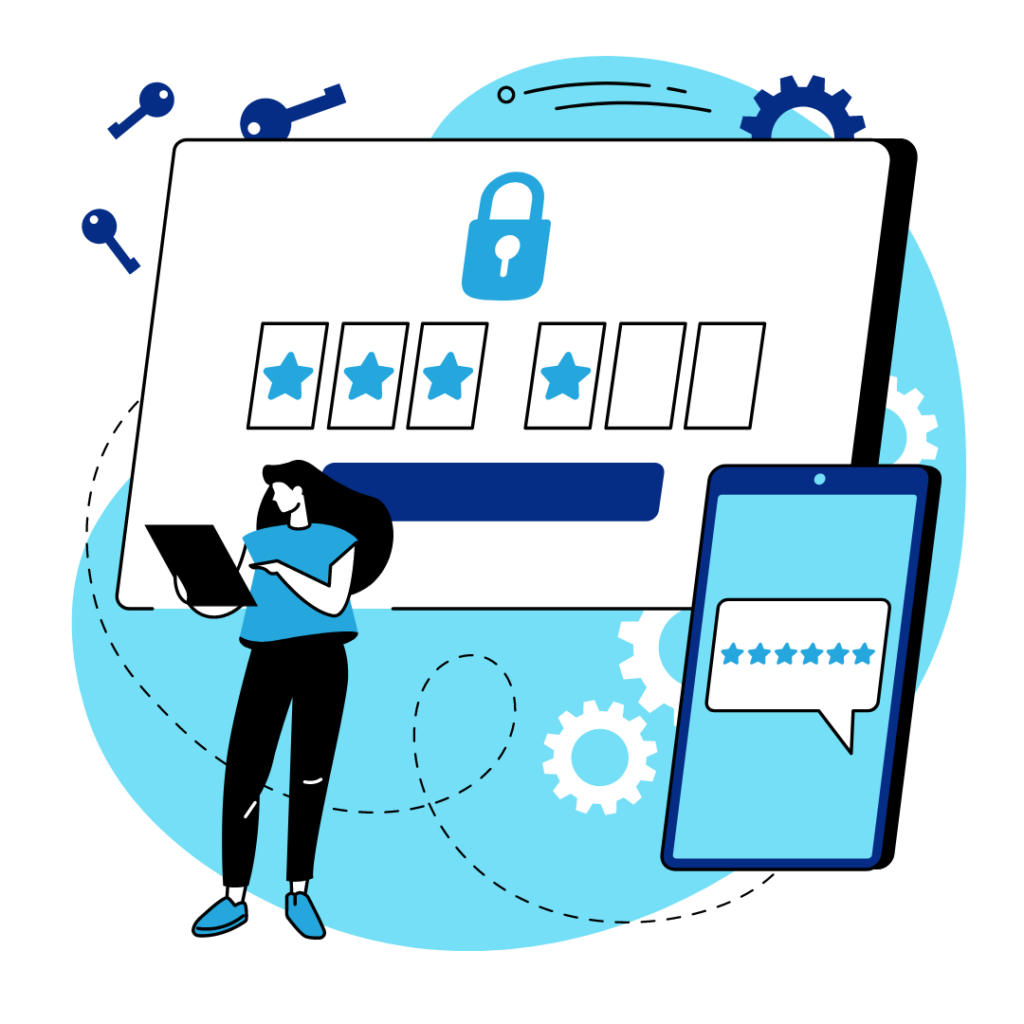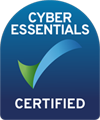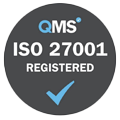What is a Zero Trust Policy?
A Zero Trust concept starts by positioning the business in such a way, that it should not automatically trust anything, neither internally nor externally. By adopting this approach, the business can begin to identify risks which may already be inherent in their business processes, data flows, users and any other vertical of their business. This in turn results in a robust and streamlined view of the security required throughout the business in order to safeguard their data and help to formulate the overall security policy for the business.

Why do you need a ‘Zero Trust’ strategy?
Zero Trust helps businesses gain insight into user behaviour and devices whilst also looking to reduce risk of their cloud and container deployments while also improving governance and compliance.
Businesses that adopt a Zero Trust model increase their level of continuous verification and validation capabilities, helping them to detect potential issues in a far quicker timeframe and subsequently result in quicker remediation measures to address such threats.
Zero Trust Best Practice’s
When looking to implement a Zero Trust security framework, it is best practice to address the following points:
- Identify Sensitive Data – You must identify and priorities all company data, know where it is stored and who has access to the different types of data within your organisation.
- Limit and Control Access – It is key to implement a controlled and managed ‘Least-Privilege Access Control’ model. This means you will need to establish set access limitations to users, devices, applications, and processes, that will seek access to the identified data.
- Detect Threats – Zero Trust requires continuous monitoring of all activity related to data access and sharing based on prior behaviour and analytics. The further analysis enhances the ability to detect internal and external threats.
What does a successful Zero Trust security model look like
An effective implemented Zero Trust security model features the following principles:
- Authenticated access to all resources – Multi-Factor Authentication (MFA) is a key pillar of Zero Trust security. Zero Trust views every attempt to access the network as a threat. Zero Trust MFA requires users to enter a code sent to a separate device to verify their identity.
- Least Privilege-Controlled Access – Zero Trust networks allow access rights only when necessary. Minimising security perimeters into smaller zones to maintain distinct access to separate parts of the network limits lateral access throughout the network. Segmented security becomes more important as workloads become mobile, particularly with workforces who are based remotely.
- Inspect and log all activities using data security analytics – User account baselines should be established to help identify out of character behaviours that could be malicious activity. Automation be introduced to these functions by improving workflow processes making them more efficient and cost effective.
Why Zuri Technologies Zero Trust model?
Zuri Technologies is vendor agnostic, working with leading Zero Trust partners to provide businesses with bespoke solutions and recommendations for Zero Trust design, implementation and support, based on their business needs whether On Prem or cloud based. Talk to our specialists to find out more.








